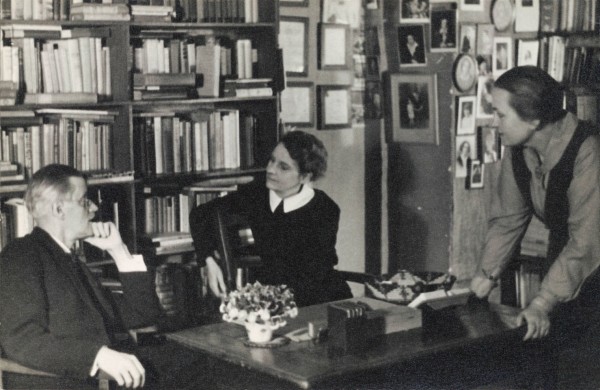
Paris, 1925. Truly the centre of the art world. The Art Deco period had just begun and everybody who was anybody in the arts lived there, including Ireland’s three greatest writers – Wilde, Joyce and Beckett.
As Oscar Wilde lay dying in a cheap hotel in d’Alsace, somebody gave him a glass of champagne to sip. “I am dying beyond my means,” he quipped.
Also in Paris that year were two of America’s most infamous writers – Ernest Hemingway and F. Scott Fitzgerald. Fitzgerald had already published All the Sad Young Men, The Beautiful and the Damned and his magnum opus, The Great Gatsby. The latter has been filmed five times. My preference has always been the first one starring Alan Ladd.
Scott and his wife Zelda were very heavy drinkers to the extent that Hemingway said they were always drunk. He would take Scott horse racing at Auteuil and bicycle racing at Veldrome. But Scott would always get drunk. He once confided to Ernest, “First I take a drink, then the drink takes a drink. Then the drink takes me.” He also told Hemingway, “Ernest, in my soul it’s always 3am, day after day.”
Zelda was also an alcoholic. At a party she is supposed to have told Hemingway, “Ernest, don’t you think Al Jolson is better than Jesus.” To which Ernest is later to have said, “I now know Zelda is mad.” Ten years later Zelda was committed to an asylum.
On many occasions, Ernest would take Scott and Zelda to 27 Rue De Fleurus (the home of Gertrude Stein and her lover Alice B. Toklas), for parties and to admire Stein’s collection of Picasso, Cezanne, Pascin and Matisse – paintings which today would cost hundreds of millions. Miss Stein was a very loquacious character and threw everybody out after a very noisy session calling them ‘The Lost Generation’. This term has stuck for over a hundred years.
Lissom Sylvia Beach is considered by many to be the kindest person in the Lost Generation set. Owner of a bookshop at 12 Rue l’Odeon (Shakespeare and Company, which is still going strong), she lived above with her Lesbian lover Adrienne Monnier, a lovely couple who helped many impoverished writers with money and free books. Indeed, James Joyce’s Ulysses would, perhaps, never have been published without their support. No one wanted to publish it because of its sexual content, but Sylvia poured every penny she had into the project.
Many of these wonderful, talented people of the Lost Generation died young. Pascin hanged himself, as did Monnier. Zelda burned to death in a horrific fire in a mental institution. Scott died of an alcohol-related illness. The ever-macho Hemingway shot himself and that is but a few.
Only Sylvia Beach lived to old age. In 1962, she came to Dublin to open the Martello Tower in Sandymount. She named the occasion Bloomsday.
We’ll leave the last word to Ernest Hemingway, from his book, The Moveable Feast. “If you are lucky enough to have lived in Paris as a young man, then wherever you go for the rest of your life, it stays with you. For Paris is a moveable feast.”
Clockwise from top left: Ernest Hemingway on safari in 1934; Sylvia Beach (centre) with James Joyce and Adrienne Monnier at Shakespeare and Company, Paris in 1920; F. Scott Fitzgerald; poster for Alan Ladd’s Great Gatsby, 1949; Zelda Fitzgerald in ballet attire.
By Noel Twamley

